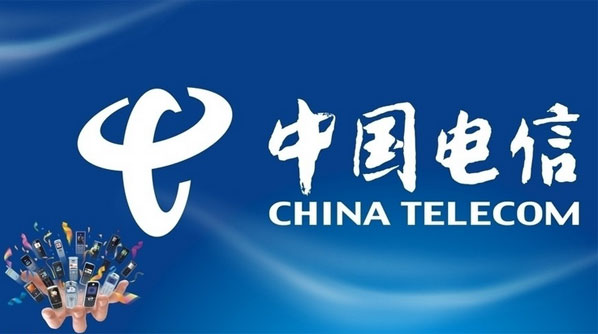
The user's existing related server profile is as follows:
There are 6 business systems, the core of which is the ERP system and the bar code management system.Currently use the physical machine for the IBM 3650 server, dual E5CPU, 6 core, memory 32GB and hard disk 6TB.The operating system is Windows and the database is SQL server.User’s ERP system use UFIDA software products.6 sets of database has actual net total data amount is about 500GB, the peak of the business of each system in the maximum number of concurrent users is not more than 60.
requirement analysis
At this stage, they only have scheme of Symantec timing backup software for disaster recovery but this method can not realize unified centralized data protection.In addition, the traditional backup has the problem that RPO (i.e. data loss) is larger, the RTO time is long and can not achieve the function of remote disaster recovery.Once the downtime or other disaster, business will not be able to continue to provide services in a short period of time and also easy to have a period of missing data.This will cause a lot of major accidents and losses.Considering the present situation and the information disaster recovery requirements of current state of government organs, enterprises and institutions.How to unify data protection, realize application disaster recovery system 、ensure the continuous operation of business and reduce the data loss are considered the solution focused.
Architecture review
Choose products with excellent high reliability design.Choose storage and backup product solutions what is perfect for the contorlling of the foreseeable stop( operating system upgrade, backup and software upgrades) and unforeseen halt (hardware and software failures, operational errors and natural disasters, etc.)as well as the solution with strict quality management and excellent after-sales service of 7 x 24 hours equipment suppliers.These are the main consideration of the project.We recommend using high level disaster tolerance solution, backuping all date from the server to the backup termianl in real time and data real -time replication and high available application switching is realized through the disaster recovery software.Disaster recovery backup server configuration X86 to form a high availability.The structure diagram is as follows:

Application level disaster recovery of core business
Achieve goal
To backup the date in server to the backup server asynchronously.When the production server fails, the disaster server can recover the date from local disaster server to a production server.
Protect your data at all times
In any virtual or physical machine,I2soft monitor and capture all of the change occurring on the protected file or directory in real time and will copy the amount of bytes via a standard IP network to any recovery site that you have chose to the maximum to avoid data loss.File and directory processing and replication are being used without the need to shut down the file and the related application remains active online and running state, will not have any negative impact on your work.
Byte level incremental data acquisition
Use a minimum unit that is captured in bytes, rather than a file or block in a traditional manner to greatly reduce the amount of data to be copied. So we not only save network bandwidth resources, but also improve the efficiency of the disaster recovery system. Get the Data changes in the production system through bypass. After the change of the data being intercepted ,we change the data buffer, compression, encryption, transmission and confirmation in the application layer. And we can limit the use of system resources, thus ensuring that any case will not affect the normal operation of the existing production system, and to ensure the safety of the data in the entire process.

Efficient data transmission algorithm
Optimization of the transmission mode in a narrow band, long distance, large data volume and other complex environments have excellent performance, and its efficiency is much higher than the traditional data transmission mode.And can freely set the transmission bandwidth and the time of use, so as ensure that the bandwidth of the production system giving priority to for business applications and allocate and use various resources of the entire system reasonablely at the same time.
New system layered architecture
On the production end (also called general for the source terminal), disaster recovery end (destination) and management and control terminal are deployed, the integrated management mode by the three tiered architecture.So the client installed on the customer's production and disaster recovery system is lighter, having less impact on the existing system, maximizing the enhance of the system performance, improving the efficient and simple deployment and post management.
Flexible deployment mode
Cross platform deploymenis ok,such as Linux and Windows production platform terminal are unified using Linux terminal data protection and disaster recovery.Such as VMware to Citrix virtual platform data protection.Multi-level cascade configuration can be carried out, such as star configuration, that is, to support one to one, one to many, many to many、cascade and so on.The soft can also support mixed deployment between physical and virtual platform(VMware vSphere、Citrix XenServer、Microsoft Hyper-V、HUAWEI、H3C).


Graphic management
Through the graphical management and monitoring,we can know data protection in each state of the fingertips very well and can configurate every function such as directory replication selection, bandwidth, compression configuration and so on intuitivel.Real- time monitoring of data replication can be carried out by real-time traffic monitoring graphics.

